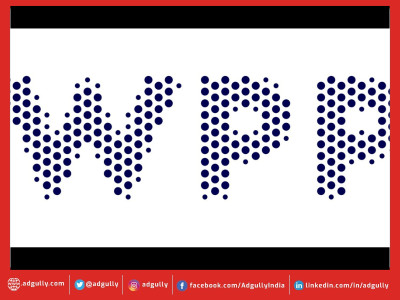Post-production and how AI will revolutionize it in the coming times
Authored by Sahil Chauhan
Artificial Intelligence (AI) and Machine Learning (ML) are expected to have a significant impact on digital video post-production systems and processes. The way videos are edited, from the beginning phases of choosing the footage to the finishing touches of colour grading, is about to undergo a revolution because of these technologies.
AI tools and Machine Learning are simply one more technological advancement that enables editors to easily create content as video production has moved from using analogue tools to digital ones.
These technologies can streamline and automate various tasks, such as colour correction, audio mixing, and video editing, making the post-production process faster, more efficient, and more accurate. Additionally, AI and ML also provide advanced tools and techniques, such as automatic shot detection, content-aware video resizing, and object tracking, which can enhance the creative possibilities in post-production.
Colour grading and correction are essential elements of post-production and can greatly impact the overall look and feel of a project. With the right tools and techniques, editors can achieve the desired look more quickly and with less manual effort, saving time and allowing them to focus on other aspects of post-production.
Cutting and trimming is a process in video editing that typically involves reviewing footage, identifying the most important or visually appealing shots, and arranging them in a sequence that helps to tell the story or convey the intended message. This can be done by using specialized video editing software, and the process can be aided by advanced tools. As a result, the video is polished and visually appealing, and it effectively communicates its message to the viewer.
Audio mixing and mastering are two crucial stages in the post-production of audio content. They help to improve the sound quality of recorded audio and bring it to a professional level. Both of these require a good understanding of sound engineering techniques and the use of professional tools such as equalizers, compressors, and limiters. With the right techniques and tools, editors can achieve professional-sounding audio that is consistent, balanced, and polished.
Subtitling is the process of adding text to a video or audio content that displays the spoken dialogue or non-verbal sounds (e.g. music, sound effects). (AI) tools have the potential to greatly improve the subtitling process by automating many time-consuming tasks and increasing accuracy and efficiency. Some ways AI can help in subtitling include:
- Speech recognition: AI-powered speech recognition software can transcribe spoken dialogue in real-time or as a post-production step, creating a transcript that can be used to generate subtitles.
- Machine Translation: AI can also be used to translate the transcribed text into multiple languages, making the content more accessible to a global audience.
- Automatic timing: AI algorithms can be trained to automatically time the subtitles, ensuring that they appear and disappear at the right moments, and are synchronized with the audio.
- Quality control: AI can be used to verify the accuracy of subtitles and make corrections as needed, reducing the amount of time and effort required to manually proofread and edit the subtitles.
- Personalization: AI can be used to personalize the subtitles based on individual preferences, such as font size, style, and language.
AI and ML are expected to improve the quality of digital video post-production and enable new levels of creativity, resulting in a positive impact on the development and growth of the industry.
















Share
Facebook
YouTube
Tweet
Twitter
LinkedIn